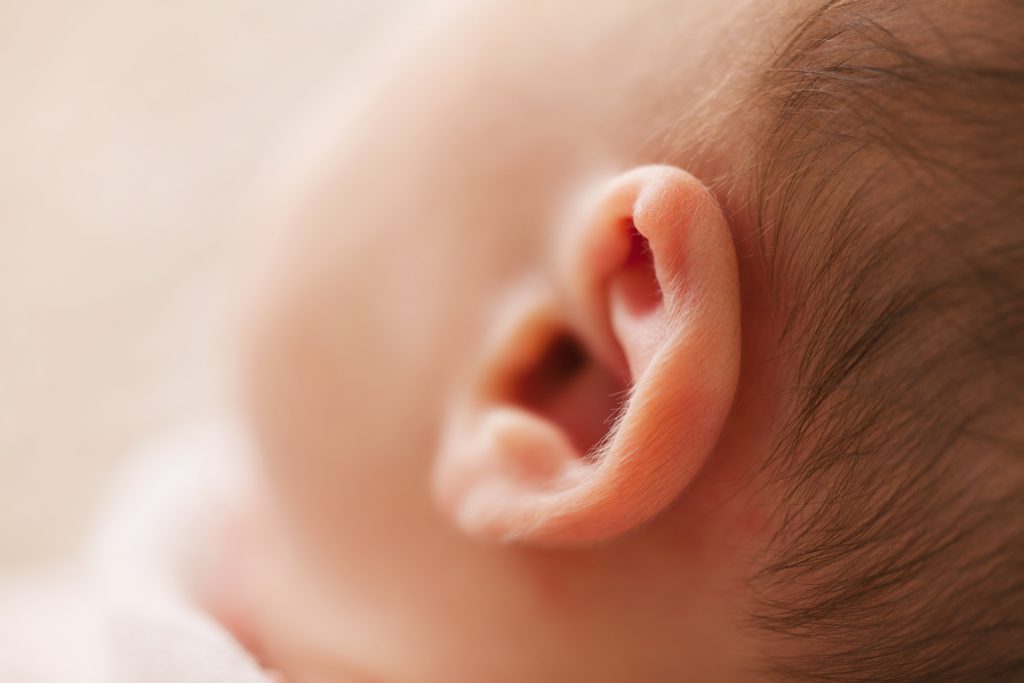As we’ve previously blogged about, one of the most common symptoms of brain damage resulting from oxygen loss during birth (sometimes referred to as intrapartum asphyxia )is hypoxic-ischemic encephalopathy (HIE), or neonatal encephalopathy (NE) by organizations like ACOG. HIE at birth can result in cerebral palsy, severe developmental or cognitive delays, or motor impairments as a child develops.
The impact of the brain injury causing HIE will vary and may depend on the severity of the injury and HIE. In some cases, young children will only have mild symptoms, but their day to day lives may not be significantly impacted until they are older. In more serious cases, children may suffer many years of painful problems and ultimately have a shortened lifespan. The most significant effects of a newborn with HIE include:
- Epilepsy;
- Cognitive issues;
- Delayed development;
- Impaired motor function; and
- Neurodevelopmental delays.
The severity of HIE is not always immediately noticeable. Effects of brain injury may only begin to present over time as a child misses important developmental milestones or beings to decline compared to their peers.
HIE simply means a brain dysfunction caused by hypoxia (lack of oxygen) and ischemia (lack of oxygenated bloodflow) to the brain. There are several different signs of HIE including low APGAR scores, resuscitation, seizures, altered blood gases and brain injury seen on ultrasound and MRI. Often, children with HIE are quickly admitted into the NICU (neonatal intensive care unit).
While birth asphyxia causing HIE is significant and has the potential to alter the course of your child’s life, parents should know that there are proactive steps doctors and hospitals should be taking to prevent a child from suffering a brain injury, during birth and Neonatal Encephalopathy (NE or HIE in the newborn period). Similarly, if a brain injury is suffered, there are steps that a hospital will take to lessen the severity of those injuries. One such option is neonatal cooling.
Parents should be aware that if their baby was treated with neonatal cooling after birth, that likely means that the baby has suffered some sort of injury during delivery.
What is Neonatal Cooling?
Neonatal cooling, also known as neonatal therapeutic hypothermia, is a treatment option in which a baby’s total body temperature is reduced shortly following their birth in order to reduce the impact of brain injury caused by asphyxia/hypoxia and HIE.
If administered correctly, it can be one of the most effective treatments for HIE. By cooling the baby’s body and brain temperature, the chemical processes in the brain are altered, and the risk of permanent brain damage is lessened.
Neonatal cooling should take place as soon as possible after a birth.
The cooling works using devices such as a specifically made cap, blanket, or mattress that cools the baby at a controlled level. Depending on the circumstances, the cooling is administered via the baby’s head or via their entire body. Generally, cooling therapy lasts for 2-3 days. The more severe a baby’s injuries, the longer cooling therapy will be administered for.
Although aspects of neonatal cooling are still being studied, this innovative treatment has been widely adopted as being beneficial.
What are the Benefits of Neonatal Cooling?
Cooling therapy should slow the naturally occurring processes that may lead to permanent brain damage, including edema (i.e. swelling) and brain cell death.
Children who go through neonatal cooling are more likely to survive their injuries, more likely to meet more milestones, and are more likely to do better in school. However, the brain injury can still affect them. While cooling therapy may help reduce neurological and brain damage, it may not be able to prevent secondary conditions that are commonly associated with HIE, including cerebral palsy, blindness, deafness, neuromotor delays, cognitive impairment and learning difficulties.
What Parents Should Know
It is critical for parents to know that:
- HIE and NE can be a preventable birth injury;
- Neonatal cooling is a procedure used to treat HIE and NE;
- If your baby was treated with neonatal cooling, he or she suffered from a birth injury that may have been preventable.
If your baby has been diagnosed with HIE or was treated with neonatal cooling he or she may have been injured due to the negligence of an OB-GYN, nurse, or other healthcare professional. That individual and/or the hospital may be liable and may owe you and your family damages for the injuries suffered and for the impact these injuries have on your child’s life and that of your family.
To learn more about birth injuries and about your right in this situation, contact Sommers Roth & Elmaleh. We have represented parents, children, and their families in a number of ground-breaking medical malpractice lawsuits and have obtained significant compensation for thousands of clients in Ontario and across Canada. Call us at 1-844-777-7372 or contact us online for a free, no obligation consultation.

